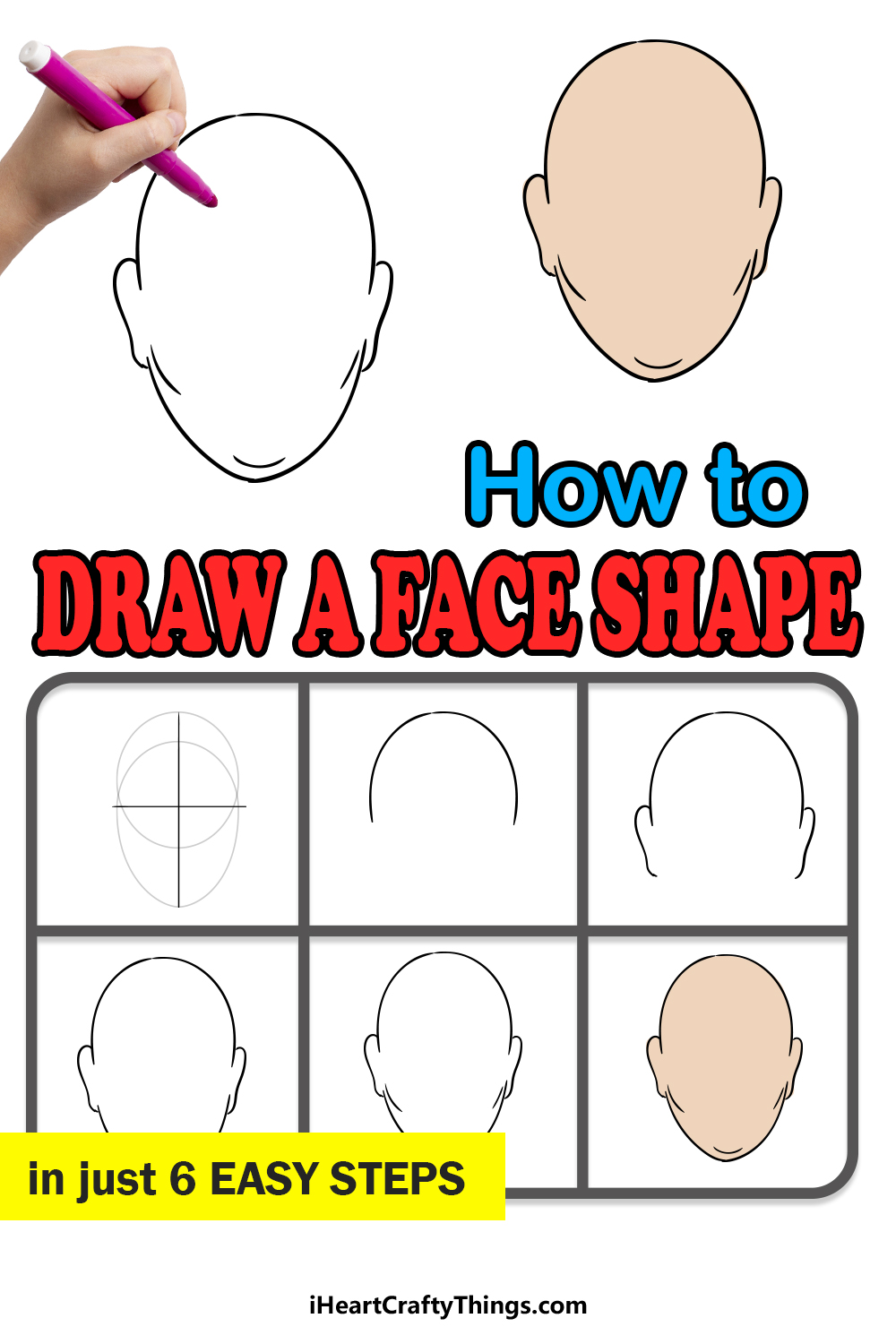

This is important both for helping to see what makes a given face unique by comparing it to those “normal” proportions, and for helping to exaggerate those unique aspects by giving the artist a “starting point” from which to depart as much as possible. Head shapes have several of these tricks for both initial observations and exaggeration.Īs with Redman’s ‘”Everyman” concept, it’s important to have an understanding of classic human proportion an anatomy to have a springboard from which observations can be made.

Many work for any feature or “shape” within the face, but some are specific for individual features. Still, there are a few techniques and tricks I have learned that can help artists to better see what is in front of them, and better interpret it in their drawing. Again, it’s difficult to teach anyone to “see”… that ability is developed over time via practice and hard work. I talk endlessly about seeing shapes within the features and the face, and the importance of drawing those shapes accurately to capture likeness and to create a convincing drawing. With those shapes and their relationships established, the rest of the caricature quickly follows suit. In the last lesson I talked about the “T” shape being a focal point of the basic caricature, but it’s really the “T Shape” and the head shape together as a whole that acts are the basic foundation of a caricature. If a caricaturist can “see” and exaggerate the head shape, all the other features fall into place and follow along. I have spoken of the “5 Shapes” and the importance of their relationships already, but digging a little deeper it’s accurate to say that the head shape is “Shape 1” and the other four shapes are planets to it’s sun, working within it’s all encompassing field of gravity. By stretching and exaggerating the head shape, you create the framework within which your other features and their relationships are drawn to achieve your caricature. Considering that the head shape is a single shape, it is easier to recognize how that shape differs from “normal” and it is easier still to draw a corresponding simple shape that exaggerates those properties as opposed to the more complex multiple relationships of the features. The heavy lifting of all exaggeration is accomplished via the shape of the head, and it is more easily accomplished that way.

The head shape is the fulcrum upon which a caricature hinges. I still think the eyes are a crucial element, but over the years I’ve come to believe that the head shape is the most important part of a caricature. When I first started drawing live caricatures I felt that the eyes were the most important part of the face, and I put a lot of emphasis and focus on them. Part Three: The Importance of Head Shapes This is a must have book for anyone interested in caricature, cartooning or humorous illustration.
#Drawing head shapes series
This series of “How to Draw Caricatures” tutorials are a just a small taste of a larger and much more in-depth book I wrote called The Mad Art of Caricature! The book is 175 full-color pages, lavishly illustrated and contains greatly expanded explanations of the concepts presented in these tutorials, as well and a great deal of additional material on caricaturing other facial features, posture, hands, expression and more, techniques on drawing from live models, doing caricature for freeplace illustration and for MAD Magazine.


 0 kommentar(er)
0 kommentar(er)
